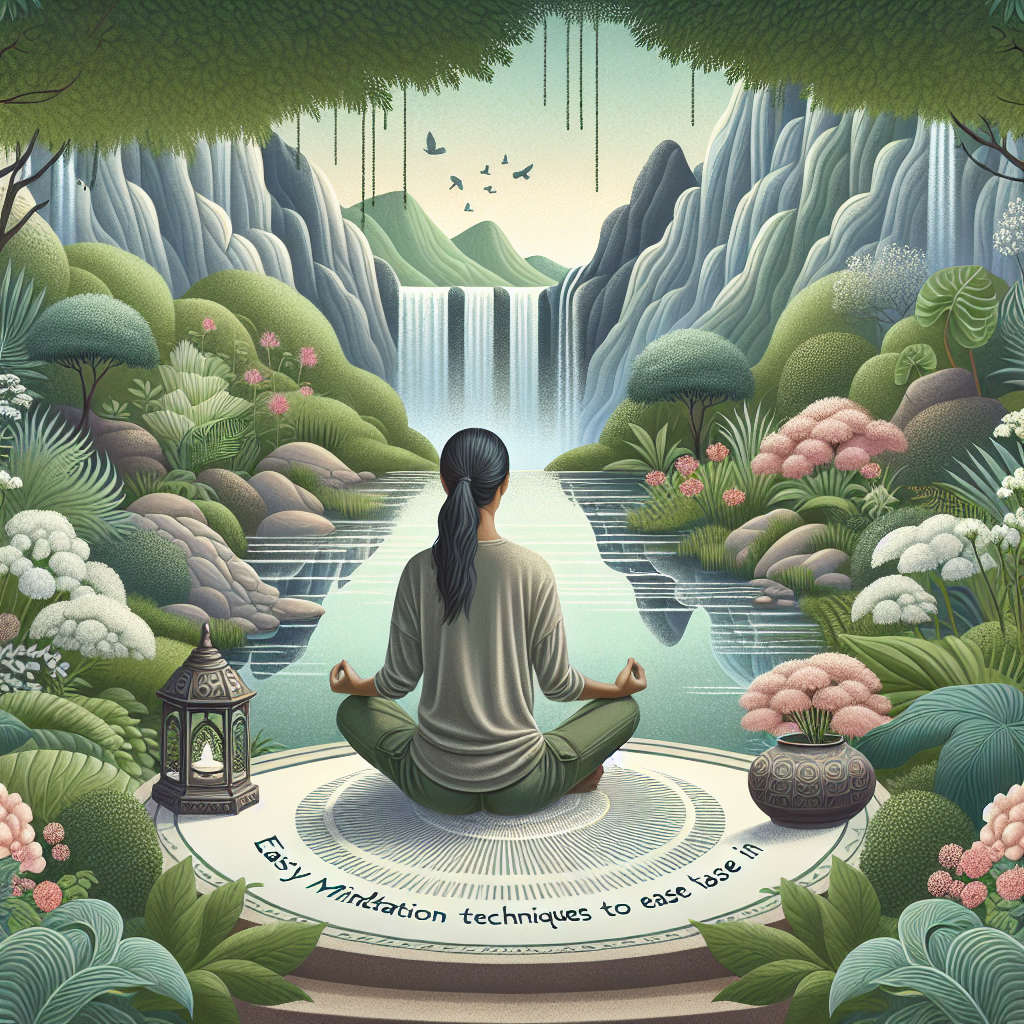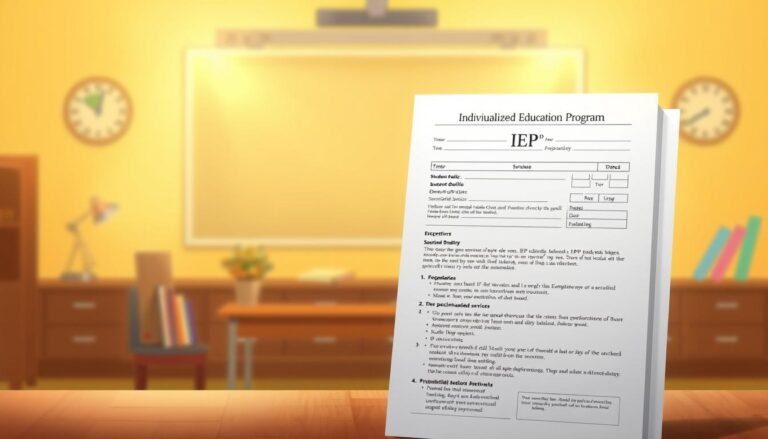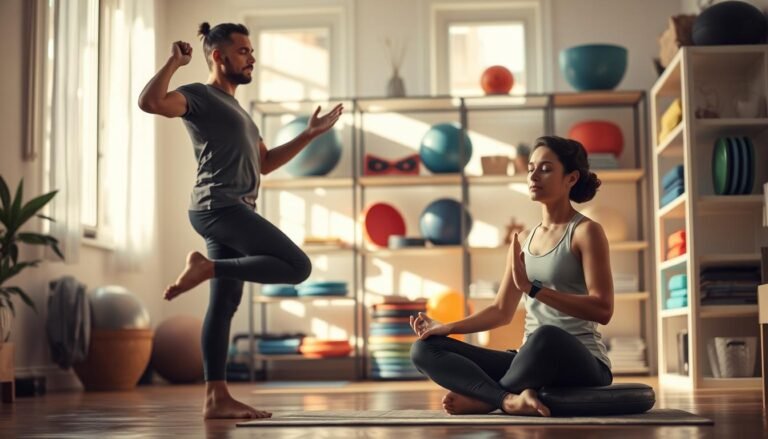
Start Your Mindfulness Journey: Easy Meditation Techniques to Ease In
In an era flooded with constant distractions and relentless pacing, many of us find ourselves longing for a moment of peace and clarity. Whether you’re a busy professional, a frazzled parent, or a student overwhelmed by deadlines, the quest for serenity can seem daunting. But what if you could cultivate a calmer mind and a more present spirit simply through meditation? If you’re ready to enhance your mental well-being and embark on an enriching path, then it’s time to Start Your Mindfulness Journey: Easy Meditation Techniques to Ease In.
The Importance of Mindfulness and Meditation
Mindfulness isn’t just a buzzword or a fleeting trend; it’s an essential practice that many experts recommend for improving emotional health. As defined by Jon Kabat-Zinn, mindfulness is "the awareness that arises from paying attention, on purpose, in the present moment, non-judgmentally." This concept invites you to embrace your experiences fully and with acceptance. Research suggests that mindfulness and meditation can reduce stress, improve concentration, and promote emotional well-being.
The key to a successful mindfulness journey lies in finding easy meditation techniques to ease in. No two paths are the same, and what works for one person might not resonate with another. That’s why we will explore a variety of approachable techniques in this article, making mindfulness achievable for everyone.
Getting Started: What You Need to Begin
Before you dive into meditation, let’s talk about creating a conducive environment for your practice. Here’s a simple checklist to help you start your mindfulness journey effectively:
| Item | Purpose |
|---|---|
| Quiet Space | Minimizes distractions |
| Comfortable Seating | Offers physical ease during practice |
| Timer | Keeps your sessions structured |
| Journal | Tracks your progress and insights |
Setting up your space can greatly impact your ability to focus and engage with your practice. This is a fundamental step to ensure that when you start your mindfulness journey, you can fully commit to the techniques you choose.
Simple Techniques to Ease Into Meditation
1. Mindful Breathing
One of the easiest ways to start your mindfulness journey is through mindful breathing. This technique involves focusing solely on your breath—the inhale, the exhale, and the space in between.
How to Practice:
- Find a comfortable seat or lie down.
- Close your eyes if you’re comfortable.
- Take a deep breath in through your nose, allowing your abdomen to expand.
- Exhale slowly through your mouth or nose, noticing any sensations.
Case Study: Sarah’s Experience
Sarah, a marketing executive, was overwhelmed with her workload. After implementing mindful breathing for just five minutes each morning, she noticed an increase in her productivity and a decrease in her stress levels. Sarah’s case exemplifies how even a few minutes of mindful breathing can significantly impact your mental state.
2. Body Scan Meditation
This technique encourages you to become more attuned to sensations in your body, promoting awareness of physical and emotional experiences.
How to Practice:
- Lie down in a comfortable position and close your eyes.
- Take a few deep breaths to center yourself.
- Begin to focus on your toes, noticing any tension.
- Gradually move your awareness up through each part of your body, concluding at the crown of your head.
Case Study: Jim’s Transformation
Jim, dealing with chronic pain, turned to body scan meditation after feeling skeptical about its effectiveness. He reported significant relief and a deeper connection with his body after consistent practice. This reflects the potential holistic healing benefits of starting your mindfulness journey early.
3. Guided Visualization
If you find it hard to meditate in silence, guided visualization might be the perfect technique for you. This method involves imagining peaceful scenarios that can reduce anxiety and promote relaxation.
How to Practice:
- Find a quiet place and sit comfortably.
- Close your eyes and take a few deep breaths.
- Picture a serene landscape or a calming scene, engaging all your senses.
- Visualize the sounds, smells, and textures around you.
Analysis
Guided visualizations help in creating mental retreats, allowing individuals to escape temporarily from their daily stresses. This technique can easily be found in various apps and online resources, making it accessible for all.
4. Journaling Meditation
Combining mindfulness with journaling can be beneficial for those who like to articulate their thoughts and feelings.
How to Practice:
- Set aside time each day to reflect on your thoughts.
- Write down emotions, experiences, or observations without judgment.
- Allow your stream of consciousness to flow naturally.
Case Study: Emily’s Growth
Emily, a college student, found journaling meditation integral in managing her anxiety. By expressing her feelings on paper, she learned to confront her emotions, thus enhancing her mental clarity.
5. Walking Meditation
If sitting still seems impossible, walking meditation provides a dynamic alternative to involve the body in the mindfulness practice.
How to Practice:
- Choose a quiet and safe area to walk.
- Focus on the sensation of your feet touching the ground and the rhythm of your breath.
- Slow down your pace, allowing each step to deepen your awareness.
Analysis
Walking meditation integrates physical activity with mindfulness. It is a practical approach for those who find tranquility in movement, making it easy to start your mindfulness journey without feeling confined.
Tips to Maintain Your Practice
- Set a Schedule: Establishing a regular time each day can help solidify your meditation habit.
- Start Small: Beginning with just five minutes a day can make meditation seem less intimidating.
- Be Kind to Yourself: Remember, mindfulness is not about perfection; it’s about patience and practice.
- Use Technology: Apps like Headspace or Calm can guide you beautifully if you seek direction.
Conclusion
As you embark on this journey to start your mindfulness journey with easy meditation techniques to ease in, remember to be patient and flexible. Everyone’s path is unique, and your exploration will illuminate your personal experiences and insights. The wonderful world of mindfulness and meditation awaits you—one breath, one step, one journal entry at a time.
Embrace the journey wholeheartedly, trust the process, and allow mindfulness to enrich your life in profound ways.
FAQs
1. How long should I meditate each day?
It’s recommended to start with as little as five minutes and gradually increase as you become more comfortable with the practice.
2. Do I need to meditate at a specific time of day?
While morning is often recommended, the best time to meditate is when you can consistently fit it into your schedule.
3. What if my mind keeps wandering?
It’s completely normal for your mind to drift. Acknowledge the thoughts without judgment and gently bring your focus back to your breath or chosen technique.
4. Can I practice mindfulness without meditation?
Absolutely! Mindfulness can be integrated into daily activities, such as eating, walking, or even washing the dishes.
5. How can I stay motivated to continue my practice?
Tracking your progress in a journal or rewarding yourself after completing a certain number of sessions can help maintain motivation.
Embrace these insights and embark on your journey today. Starting your mindfulness journey with easy meditation techniques to ease in is within your reach. Savor the process, and let the mindful path transform your life.
















